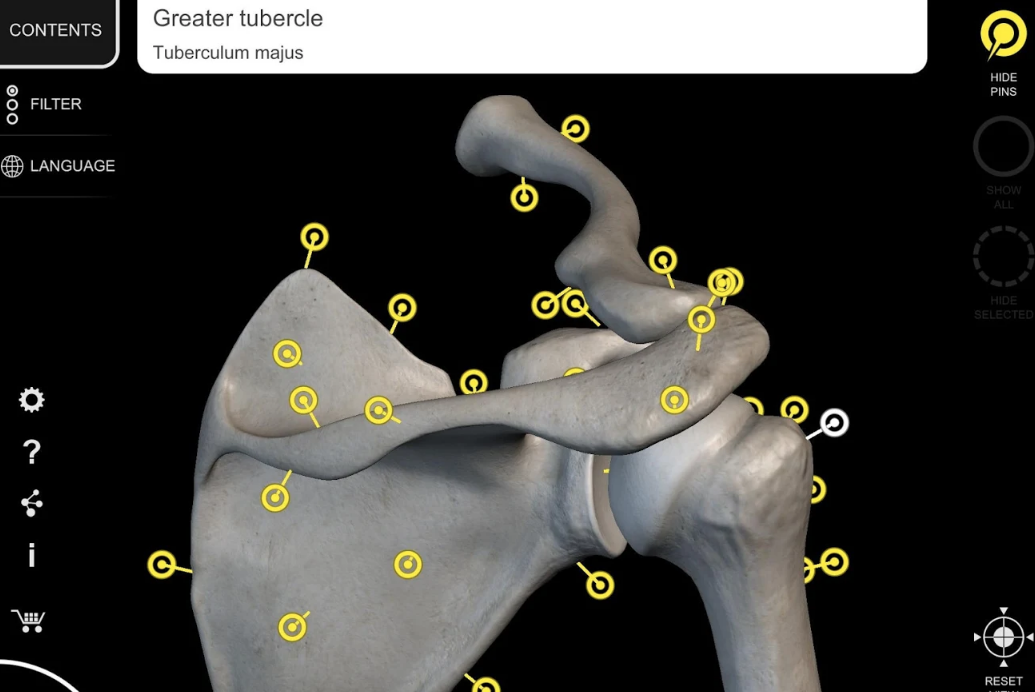

Hypokalemia occurs when serum potassium levels under 3.6 mmol/L-weakness, fatigue, and muscle twitching present in hypokalemia. Potassium disorders are related to cardiac arrhythmias.

Potassium channels and potassium-chloride cotransporters at the apical membrane also secrete potassium. Aldosterone increases potassium secretion. Potassium secretion occurs at the distal convoluted tubule. The reabsorption of potassium takes place at the proximal convoluted tubule and thick ascending loop of Henle. In the kidneys, the filtration of potassium takes place at the glomerulus. The sodium-potassium adenosine triphosphatase pump has the primary responsibility for regulating the homeostasis between sodium and potassium, which pumps out sodium in exchange for potassium, which moves into the cells. Potassium is mainly an intracellular ion. Rapid sodium corrections can have serious consequences like cerebral edema and osmotic demyelination syndrome. Symptoms of hypernatremia include tachypnea, sleeping difficulty, and feeling restless. Hypernatremia presents when the serum sodium levels are greater than145 mmol/L. Patients may present with headaches, confusion, nausea, delirium. Hyponatremia has neurological manifestations. Diagnosis is when the serum sodium level is less than 135 mmol/L. Sodium transport takes place via sodium-chloride symporters, which are by the action of the hormone aldosterone.Īmong the electrolyte disorders, hyponatremia is the most frequent. In the distal convoluted tubule, sodium undergoes reabsorption. The proximal tubule is where the majority of sodium reabsorption takes place. Sodium is exchanged along with potassium across cell membranes as part of active transport. It is responsible for maintaining the extracellular fluid volume, and also for regulation of the membrane potential of cells. Sodium, which is an osmotically active cation, is one of the most important electrolytes in the extracellular fluid. This article reviews the basic physiology of electrolytes and their abnormalities, and the consequences of electrolyte imbalance. High or low levels of electrolytes disrupt normal bodily functions and can lead to even life-threatening complications. These electrolytes can have an imbalance, leading to either high or low levels. Electrolytes come from our food and fluids.

Sodium, potassium, and chloride are the significant electrolytes along with magnesium, calcium, phosphate, and bicarbonates. A brilliant learning aidĮssential Anatomy is the closest thing you'll get to dissection - an essential tool for medical students and an engaging way to learn about how the body works.Electrolytes are essential for basic life functioning, such as maintaining electrical neutrality in cells, generating and conducting action potentials in the nerves and muscles. Other than that, there's a Bookmark tool if you just want to save specific parts you want to return to later and you can isolate the body view by part type (e.g. You can strip away layers of muscle and tissue to reveal what's under, which gives you a much better idea of how the body works rather than just reading it in a book. The Search function is what you'll need the most if you're studying although you can have a lot of fun simply exploring and rotating the body. Easy to examine the body in detailĮssential Anatomy is very easy to use. The only thing lacking are animations of the organs and muscles in action. If you need to find a specific bone, organ or muscle, you can simply search by body part and Essential Anatomy will highlight exactly where they are with helpful descriptions of each part does. The 3D models allow you to view and examine parts of the human body from any angle giving incredible detail that you'd normally only be able to experience via dissection.

For medical student in particular, Essential Anatomy is a superb reference tool.


 0 kommentar(er)
0 kommentar(er)
